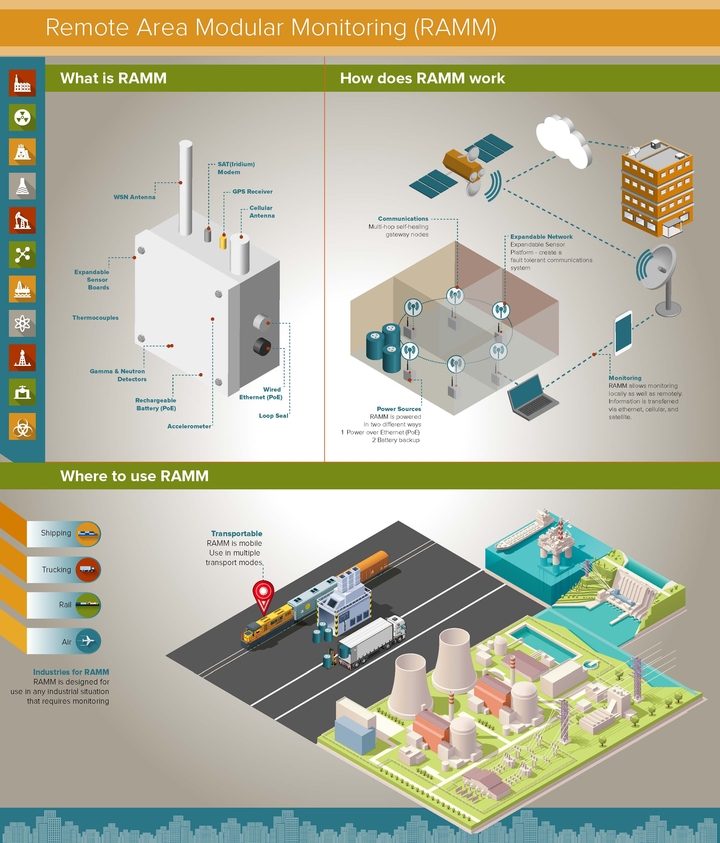JeoViewer can provide links to any object’s data and behaviors, and is optimized for spatial geometry representation. Unlike traditional “static” GIS systems, JeoViewer is dynamic and can be dynamically linked to objects, models and other live data streams.
JeoViewer’s object-oriented approach provides a more natural representation of spatial data. It can used as a stand-alone module or embedded in another framework. It is intended for web use and its Java programming makes it more practical, functional, and useful for Java programmers.
Applications
- Geographical information systems
Features
- Dynamic linking to objects
- More natural representation of spatial data
- Can be used alone or embedded in another framework
- Polygon to grid extensions
- Legend capabilities
- Thematic mapping (i.e., color coding)
- Practical for Java users
Technical Details/Requirements
- Runs on any platform supporting Java JDK 1.3 or higher with Windows 2000, XP, Solaris, or Linux operating systems
- Typical applications require 128 RAM and a Pentium III or higher CPU.
- C compiler required
